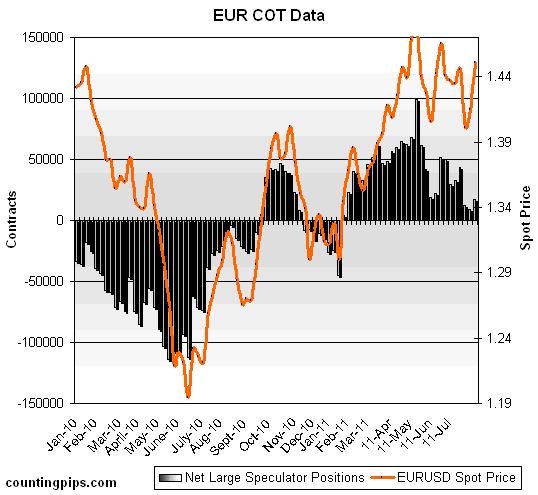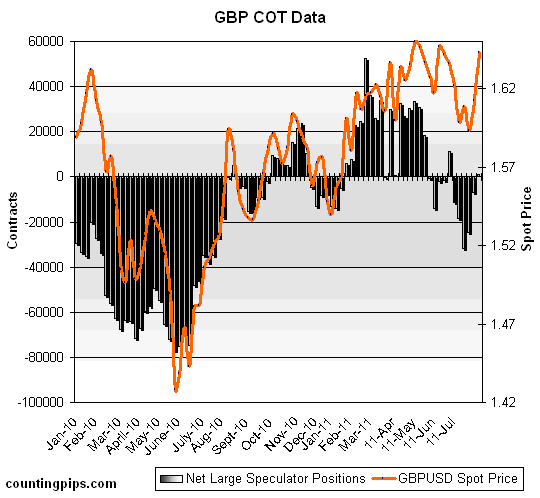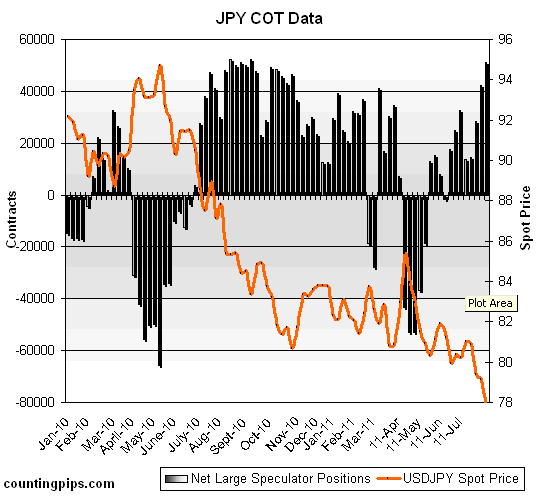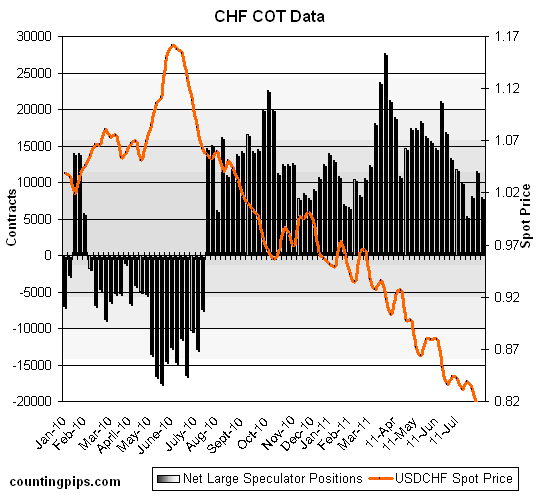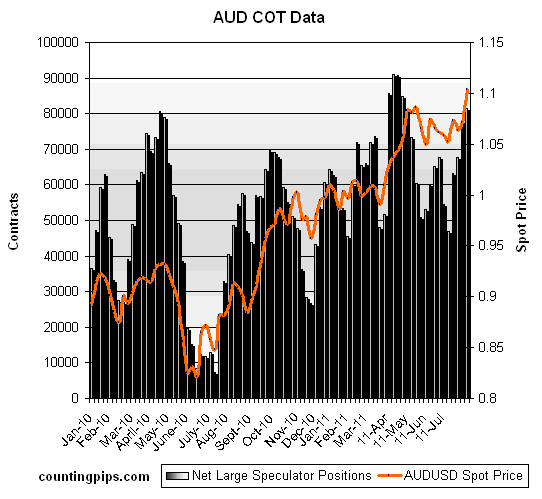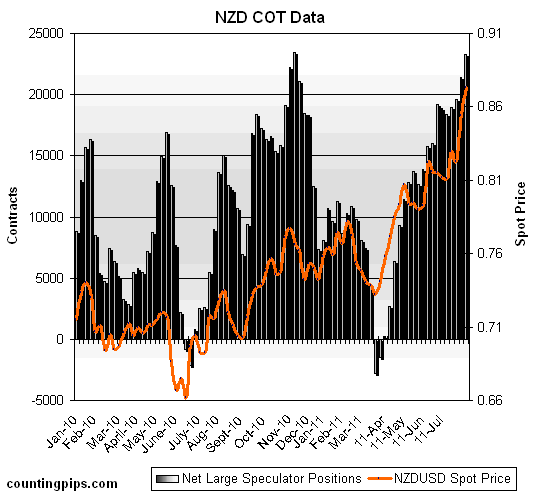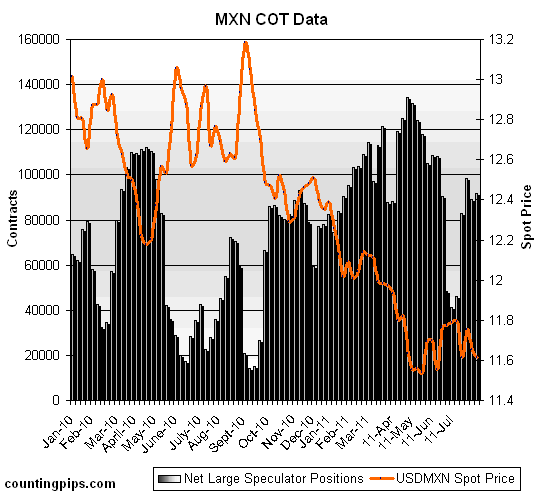 After all the hype and hysteria, it looks like our politicians have finally worked out a deal… Not that they didn’t love every minute in front of the cameras.
After all the hype and hysteria, it looks like our politicians have finally worked out a deal… Not that they didn’t love every minute in front of the cameras.
Late Sunday evening, President Obama announced that leaders of both parties have reached an agreement to raise the debt ceiling.
You see, politicians jumped on this debt crisis like a hungry lion. For both sides, this is still an epic campaign battle. It’s a win-win for everyone, no matter what happens. That means politicians will milk this debt crisis for months to come.
And that’s not good for the country, no matter what side of the aisle you stand on.
The House is expected to vote on the bill sometime today.
Now, we don’t normally talk politics… but when politics directly affect the safety of your money, it’s time to take action.
As we come to a close with this debt ceiling farce, let’s see what the government’s compromise could do to your portfolio.
This agreement shouldn’t be a big surprise to anyone.
In a nutshell, this is what the agreement looks like:
- Raise debt ceiling by $400 billion immediately, $900 billion more subject to vote
- Cut spending by $1 trillion
- Cut $1.5 trillion from long-term debt by 2021
What’s ironic about these points is that they are so vague and, to be blunt, wimpy. Both the Democrats and the Republicans pushed for higher spending cuts in their individual bills. We will know more details today, but at the time of this writing, everything was a bit hazy.
The one thing we do know is that this is only a Band-Aid. It’s an extremely short-term solution.
(Don’t forget to sign up for Smart Investing Daily and let me and fellow editor Jared Levy simplify the market for you with our easy-to-understand articles.)
Let’s talk about that $1.5 trillion in cuts… They’re not really cuts… They are just more headroom in the debt ceiling. The New York Times puts it:
A second [debt ceiling] increase of $1.2 trillion to $1.5 trillion would be available subject to a second vote of disapproval by Congress. At the same time, a new joint Congressional committee would be created to find a like amount of cuts.
Wimpy, wimpy, wimpy…
The CEO of Pacific Investment Management Co., the world’s largest bond fund manager, said that this deal will only provide short-term relief. The rating agencies will probably agree. Standard & Poor’s will downgrade our credit rating anyway. The rating agencies were looking for $4 trillion in cuts. A paltry $2.5 trillion — especially when $1.5 trillion aren’t even cuts — isn’t good enough.
But the market will receive this news of a deal very well.
That means traditional safe havens will take a hit. Gold and other precious metals will see a drop.
Gold was in for a technical correction anyway. Take a look at this chart.

View Larger Chart
Consider any weakness in gold and precious metal prices as a bullish correction. This means that prices are pulling back, but we think the overall trend of prices will keep rising.
Insiders know this debt ceiling deal is only a short-term fix. The pullback in gold prices is only for the short-term, too.
Price could dip all the way back to $1,550. If you’re holding on to slim gains in a gold investment, you might want to unload and take those profits. That $1,550 could be a point of major support, and I would consider a correction down to that level a good time to buy.
Remember, the fundamental problems in our economy and our budget have not been fixed, and this half-assed, last-minute deal government leaders just cooked up won’t do anything to change the economy either. That means our dollar is still under pressure, and commodity prices will continue to climb.
Publisher’s Note: Sara is right. The equities market surged on the news of a debt deal. The details of the plan are fantastic news for Taipan’s Michael Robinson.
Not only did his American Wealth Underground subscribers have the chance to double and even triple their money in recent weeks… Washington’s latest move gives them a chance to do it again. Follow the link to see how they will do it.
Article brought to you by Taipan Publishing Group. Additional valuable content can be syndicated via our News RSS feed. Republish without charge. Required: Author attribution, links back to original content or www.taipanpublishinggroup.com.
{loadposition sidarticles}
{jtagstpg} {authorstpg}
Other Related Sources:
Debt Ceiling Debacle Is Bullish for GoldHouse GOP Unveils its Debt PlanNo Matter What… Buy Silver

 After all the hype and hysteria, it looks like our politicians have finally worked out a deal… Not that they didn’t love every minute in front of the cameras.
After all the hype and hysteria, it looks like our politicians have finally worked out a deal… Not that they didn’t love every minute in front of the cameras.





